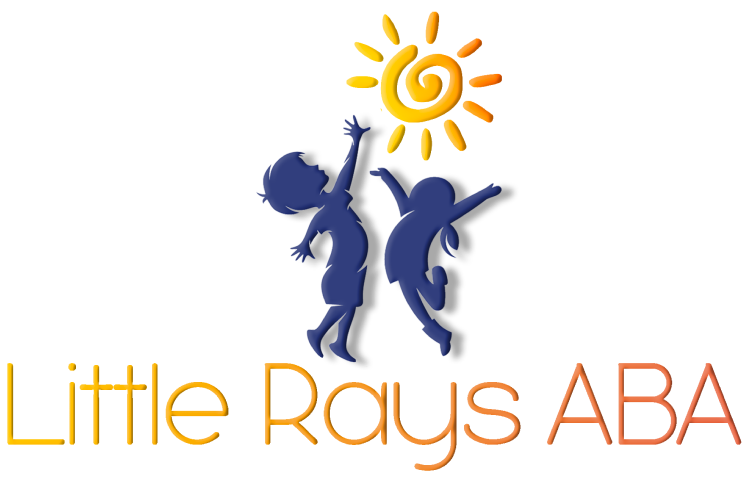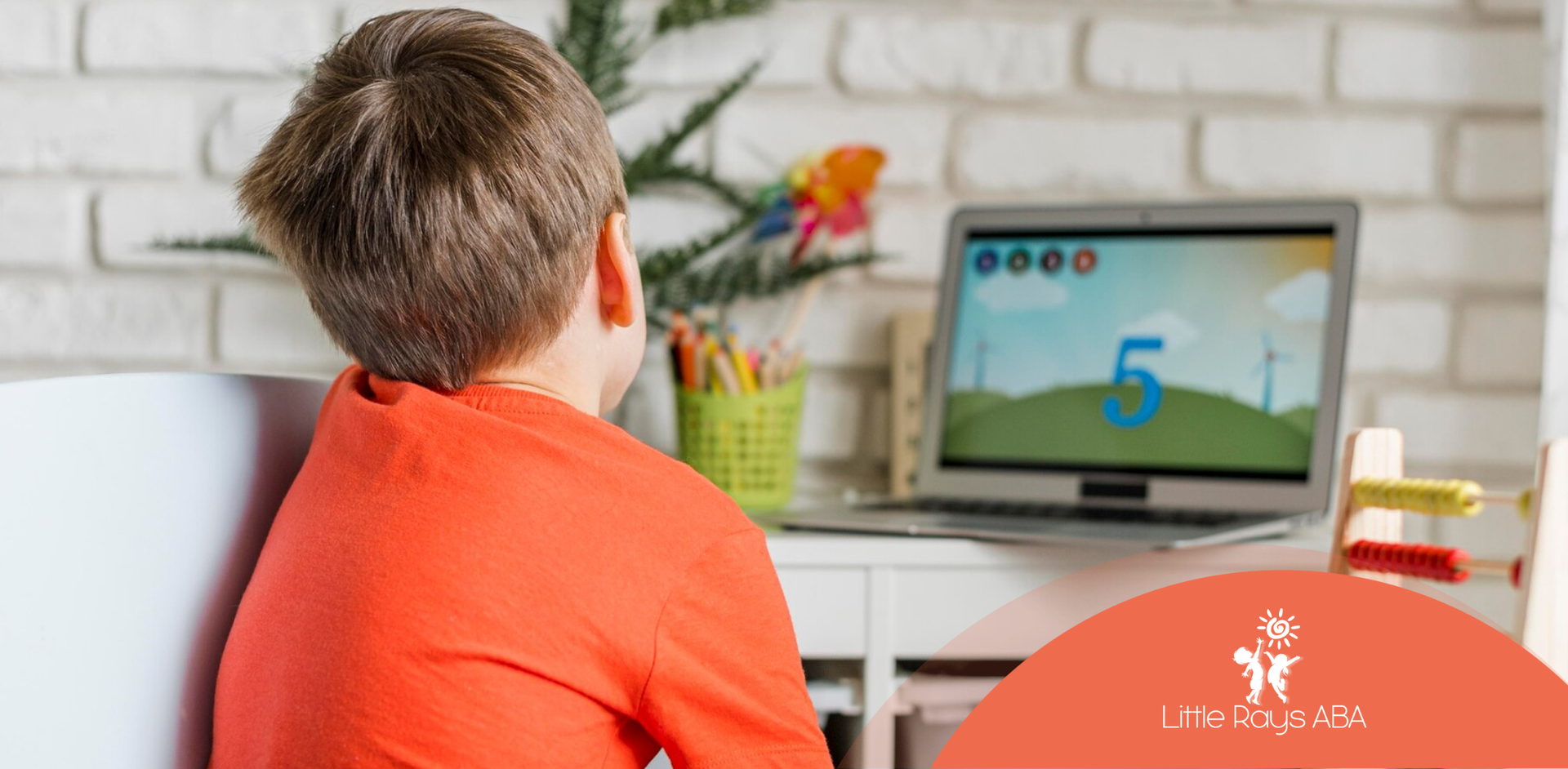If you’ve been exploring autism therapy options, you’ve probably come across Applied Behavior Analysis (ABA) therapy. At its core, ABA is a research-backed, scientific approach to understanding and improving behavior.
It’s based on the idea that behavior is influenced by the environment, and by making strategic adjustments, we can encourage positive behaviors while reducing those that may be challenging.
One of the things I love most about ABA therapy is that it isn’t a one-size-fits-all method. Instead, it’s completely personalized. Every child is unique, and their therapy plan should reflect that. ABA therapy breaks learning down into small, achievable steps, reinforcing progress in a structured and meaningful way.
How ABA Therapy Supports Autistic Children
For many autistic children, learning new skills or adapting to daily routines can be challenging. ABA therapy provides a structured way to teach and reinforce important life skills—helping children navigate the world more easily.
One of the biggest reasons parents choose ABA therapy is because it’s backed by decades of research. Studies have shown that early intervention with ABA can lead to improvements in communication, social skills, and independent living. It gives children the tools they need to interact with their surroundings in ways that support their long-term development.
Here’s a look at some of the biggest benefits of ABA therapy:
| Benefit | How It Helps |
|---|---|
| Improved Communication Skills | Teaches children how to express their wants and needs using verbal and non-verbal communication. |
| Enhanced Social Skills | Helps children learn how to engage with others, understand social cues, and form relationships. |
| Increased Independence | Encourages self-help skills like dressing, eating, and using the restroom independently. |
| Reduction of Challenging Behaviors | Identifies triggers for difficult behaviors and replaces them with positive alternatives. |
| Customized Learning | Adapts therapy strategies to each child’s specific needs, ensuring a personalized approach. |
One of the reasons ABA therapy is so effective is because it’s data-driven. Therapists don’t just guess what works—they track progress, analyze patterns, and adjust strategies accordingly. This ensures that every child gets the best possible support.
The 7 Dimensions of ABA Therapy
To understand how ABA therapy works, it’s helpful to break it down into the seven key dimensions that guide its approach. These dimensions ensure that therapy remains effective, ethical, and tailored to each child’s needs.
Overview of the 7 Dimensions
The seven dimensions of ABA therapy include:
- Applied – Focusing on meaningful behaviors that
improve quality of life
- Behavioral – Targeting observable and measurable behaviors
- Analytic – Using data to confirm which interventions are working
- Technological – Ensuring strategies are clearly defined and replicable
- Conceptually Systematic – Applying principles rooted in behavioral science
- Effective – Ensuring meaningful behavior change that improves daily life
- Generality – Promoting long-term success by making sure skills transfer across different settings
Let’s take a closer look at what each of these dimensions means in practice.
1. Applied: Focusing on Meaningful Behaviors
ABA therapy isn’t just about behavior change—it’s about making meaningful improvements in daily life. The applied dimension ensures that therapy focuses on skills that will truly benefit the child and their family.
For example, a therapist might help a child learn how to ask for a snack instead of crying when they’re hungry. This type of skill has real-world significance and directly improves the child’s ability to communicate.
2. Behavioral: Targeting Observable and Measurable Actions
In ABA therapy, success isn’t based on vague impressions—it’s measured by actual behavior. The behavioral dimension means that therapists focus on observable, measurable actions rather than assumptions.
For instance, instead of saying, "The child is frustrated," ABA therapy looks at what the child is doing—maybe they’re clenching their fists, crying, or turning away. By focusing on what can be observed, therapists can create more effective intervention strategies.
3. Analytic: Using Data to Drive Decisions
One of the things that sets ABA apart from other therapies is its reliance on data analysis. The analytic dimension ensures that every decision is backed by data.
Therapists collect and analyze data to see which strategies are working. If a child is learning a new skill, data helps determine whether progress is being made or if adjustments are needed.
4. Technological: Ensuring Clear and Consistent Strategies
ABA therapy follows clearly defined steps so that interventions can be replicated by different therapists, caregivers, or teachers. The technological dimension means that all procedures are written in detail so that anyone involved in the child’s care can apply them consistently.
For example, if a child is being taught to wash their hands, there should be a clear, step-by-step process so that parents and therapists are teaching it the same way.
5. Conceptually Systematic: Rooted in Science
The conceptually systematic dimension ensures that all ABA interventions are based on well-established principles of behavior. ABA isn’t just about trying different strategies to see what works—it follows a structured, scientific approach to behavior change.
6. Effective: Producing Meaningful Change
Therapy is only valuable if it leads to real and lasting progress. The effective dimension ensures that ABA interventions result in meaningful improvements in a child’s daily life.
For instance, if a child learns to use a communication device but never actually uses it outside therapy, the intervention wouldn’t be considered effective. Success is measured by whether skills are applied in the child’s everyday life.
7. Generality: Applying Skills Across Different Settings
The ultimate goal of ABA therapy is for children to apply what they’ve learned in real-world situations. The generality dimension ensures that skills don’t just exist in the therapy room—they transfer to home, school, and social settings.
For example, if a child learns to greet people during therapy sessions, they should also be able to do it naturally when visiting family or meeting new friends.
Why the 7 Dimensions Matter
Understanding these seven dimensions can help parents feel more confident about ABA therapy. These principles ensure that therapy is:
- Effective in creating meaningful change
- Personalized to each child’s unique needs
- Data-driven to track progress and adjust interventions as needed
- Structured to ensure consistency across different environments
If you’re looking for an ABA therapy provider that truly prioritizes these principles, Little Rays ABA is here to help. Our team is dedicated to providing compassionate, research-backed therapy that supports your child’s growth and development.
Get Started with Little Rays ABA
Every child deserves the right support to thrive. At Little Rays ABA, we provide personalized, high-quality ABA therapy designed to make a real difference in your child’s life.
Contact Little Rays ABA to learn how our ABA therapy services can support your child’s journey toward greater independence and success!
FAQs
What are the 7 dimensions of ABA therapy?
The 7 dimensions of ABA therapy include Applied, Behavioral, Analytic, Technological, Conceptually Systematic, Effective, and Generality. These dimensions ensure that interventions are evidence-based, measurable, and tailored to each child's unique needs.
Why are the 7 dimensions of ABA therapy important?
These dimensions create a structured, scientific approach to behavior change, ensuring that ABA therapy remains effective, ethical, and applicable across different settings. They help therapists design interventions that promote meaningful and lasting progress.
How can parents support ABA therapy using the 7 Dimensions?
Parents can support therapy by understanding these dimensions, reinforcing positive behaviors at home, and collaborating closely with their child’s therapist to track progress and make adjustments as needed.
Sources:
- https://www.redalyc.org/pdf/647/64739325008.pdf
- https://www.autismparentingmagazine.com/aba-principles/
- https://uw-ctu.org/wp-content/uploads/2024/01/8th-dimension-in-aba_2023_penny-et-al.pdf
- https://pmc.ncbi.nlm.nih.gov/articles/PMC11035531/
- https://www.umassglobal.edu/news-and-events/blog/what-is-applied-behavior-analysis
Unlock Your Child's Potential with Expert ABA Therapy!
At Little Rays ABA, we provide compassionate, evidence-based ABA therapy to help children with autism thrive. Our personalized approach fosters growth in communication, social skills, and independence.
Get In Touch With Us Today to Get Started With ABA Therapy!
Related Posts
MENU
GET IN TOUCH
7117 San Salvador Dr Boca Raton, FL 33433
3200 Collins Ave Miami Beach, FL 33140





